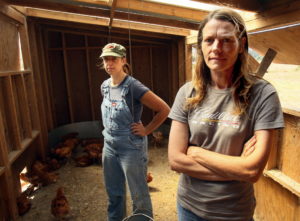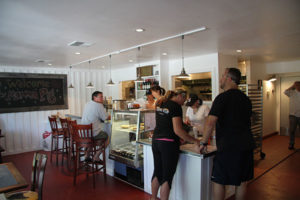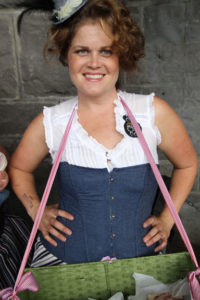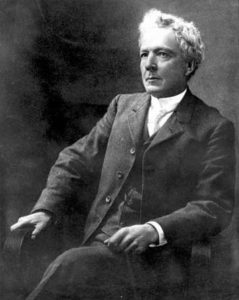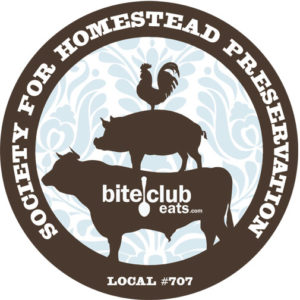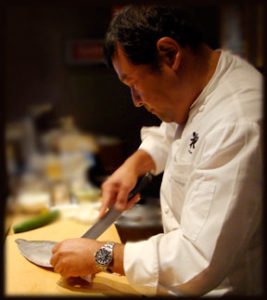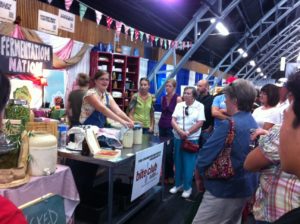
The tiny town of Tocumbo, Mexico is at the heart of an ice cream revolution that’s spawned thousands of Michoacana neverias (ice cream stores) from Puerto Vallerta right up to our doorstep in Sonoma County. In these waning days of Indian summer, it’s worth raising a cone to this ice cream insurrection.
Making 31-flavors seem measly, these family-run ice cream shops are steeped in a generations-old long tradition of churning fresh cream, sugar and exotic fruits into a rainbow of frozen treats. It isn’t unusual to find 40 or more flavors on the menu, with 10 or more additional paletas (popsicles). A familiar sight to Mexicans, Michoacana ice creameries are the equivalent of Starbucks, with one on nearly every corner.
What they all share is a tie to Tocumbo, which purists define as a requirement for operating a true Michoacana ice cream shops. The southwestern Mexican hamlet of about 10,000 became the ice cream capitol after two native sons opened neverias in Mexico City in the 1950s. The ice cream was so popular that the brothers brought a continuous stream of friends and relatives into the business, blanketing the country with Michoacana ice creameries. It is estimated that about 90 percent of the Tocumban population is now employed in the ice cream business – whether making ice cream, consulting or making equipment.
Like all great things, there have been imposters, and Tocumbans have long sought to trademark their brand, using terms like Parmesan (a hard cheese from Parma, Italy or champagne from Champagne, France) as their guides. But with the continued popularity both in the US and Mexico, controlling the name has been nearly impossible.
The calling card of true Tocumban ice creams is imaginative ingredients. Longtime ice-cream makers like Jorge Alcazar of La Real Michoacana (500 Sebastopol Road, Santa Rosa) takes pride in coming up with an unending list of flavors. At his store, rose petal is a current favorite, though butter strawberry and a sweet ice cream made with Mexican candies are newcomers to the lineup.
In the last two years, four Michoacan ice creameries have opened in Santa Rosa and the town of Sonoma. Nearly all are connected in some way to Tocumbo , but which are the truest Michoacans? Let you palate be your guide. Here are a few to check out…

La Real Michoacana: The Alcazar family have serious Tocumbo-cred. Jorge Alcazar has been making Michoacan ice cream for more than 40 years in Mexico and Sacramento. So when a Santa Rosa ice creamery came to him asking for advice on how to make true Michoacan flavors, he knew it was time to open his own neveria. Alcazar’s son, Jorge Jr., makes no bones about the fact that he’s merely the apprentice in this operation that boasts more than 40 different ice creams and dozens of paletas on any given day. What sets “La Real” apart is the creativity of the Alcazars in constantly experimenting with flavors that range from Strawberry Butter and Mexican Cheese to sweet potato, rose petal, a cinnamon-infused rice pudding flavor, several exotic tropical fruit flavors, corn, avocado, guanabana (a refreshing sorbet made with soursop) and Mexican caramel as well as more traditional flavors like strawberry (that actually tastes like ripe strawberries), cookies and cream, chocolate chip and vanilla. Rose petal, however, made with real frozen rose petals, has been the most popular seller this summer. “I don’t eat it, but girls really love it. Ninety of the 100 people who buy it are women,” said Alcazar. (500 Sebastopol Road, Santa Rosa)
Fru-ta: “Everybody, when they come in they say, ‘It’s just like home. It’s just like Mexico’,” said Carolina Cruz, co owner of Santa Rosa’s Fru-ta, a Michoacana paleteria y neveria. Cruz and her husband, Salvador, who hail from Guadalaraja opened the tiny shop on Stony Point Road “When people see that name, they don’t care how long they have to drive to get it,” said Cruz. Among the specialties are elote (corn), that tastes like the sweetest, ripest corn you’ve ever eaten, and is surprisingly delish; mamey, a Mexican fruit like papaya, changunga, a small sweet fruit found in Michoacan and a sort of fresh ricotta-like cheese (queso) made into ice cream. Also unique: Mangonada, a puree of mangos with a sour “salsa” of chamoy (a sweet/hot condiment), lemon juice, salt and pepper that devotees swear is addictive. For the less adventurous, there are more accessible sorbets of lime, mango and strawberry; frozen yogurt, chocolate covered bananas and strawberries, and smoothies with every fruit under the sun, along with horchata, pina coladas and fruit popsicles (paletas) in dozens of hues and flavors. 2770 Stony Point Road, Santa Rosa, 542-6026. In the Bellvue Shopping Center, Open M-F 11am to 9pm, Saturday and Sunday, 10am to 9pm.
La Michoacano: With family ties to Tocumbo, this neveria is legit. Exotic flavors are made onsite, and are amazingly creamy and rich, often with fruit or other tidbits (nuts, candy) mixed in. Flavors are usually on the board, but it’s worth asking for a few samples just to, you know, make sure you’re making the right choice. Top bet: Pinenut and Mexican caramel. Don’t miss the paletas, frozen bars made with fresh fruit. 18495 Highway 12, Sonoma).
Michoacana Ice Cream and Coffee: Just across the street from La Real Michoacana, another ice creamery is giving some serious competition. Word is that this one has the original ice cream maker from La Fruta, bringing his Tocumbo credibility to this spot. Michoacana features dozens of Latin flavors as well as cakes and coffee. 1546 Sebastopol Road, Santa Rosa.



